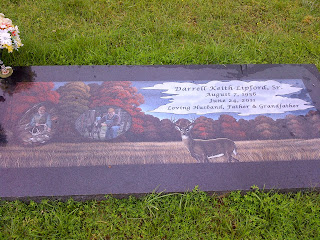Earlier this year, the Atlanta History Center dedicated its newly expanded Veterans Park. Organizers scattered soil that came from battlefields around the world. Eagle Granite was commissioned to create 6 large granite seals to be installed in the new park, including one to house the time capsule protecting this very special soil.
The soil was gathered from every American battlefield, from the Revolutionary War to Afghanistan. They also included sands from Iwo Jima, desert sand from Iraq, battlefields from the South Pacific, and even small pieces of the Berlin Wall. Soil was also gathered from battlefield sites of the American Revolution, the War of 1812, the Spanish American War, World Wars I and II, the Korean War, the Vietnam War, Iraq and Afghanistan. They also included soil from Arlington National Cemetery.
One third of the soil is buried in a stainless steel capsule under an 8 foot round granite seal of the United States. Another third was scattered during the Memorial Day ceremony, and the rest will be kept at the History Center. The granite seal of the United States is 4 inches thick and was carved and lettered at the Eagle Granite manufacturing plant in Elberton.
There are also five more granite seals that measure 6 feet in diameter. They are also 4 inches thick and were manufactured along with the 8 ft. US Medallion at Eagle Granite. These 5 medallions represent the five service branches, Army, Navy, Air Force, Marines and Coast Guard and are embedded throughout the park’s concrete walkways. All 6 granite civic memorial emblems were manufactured from Blue Ridge Granite, provided by Eagle Granite’s quarry located in Northeast Georgia.
















































